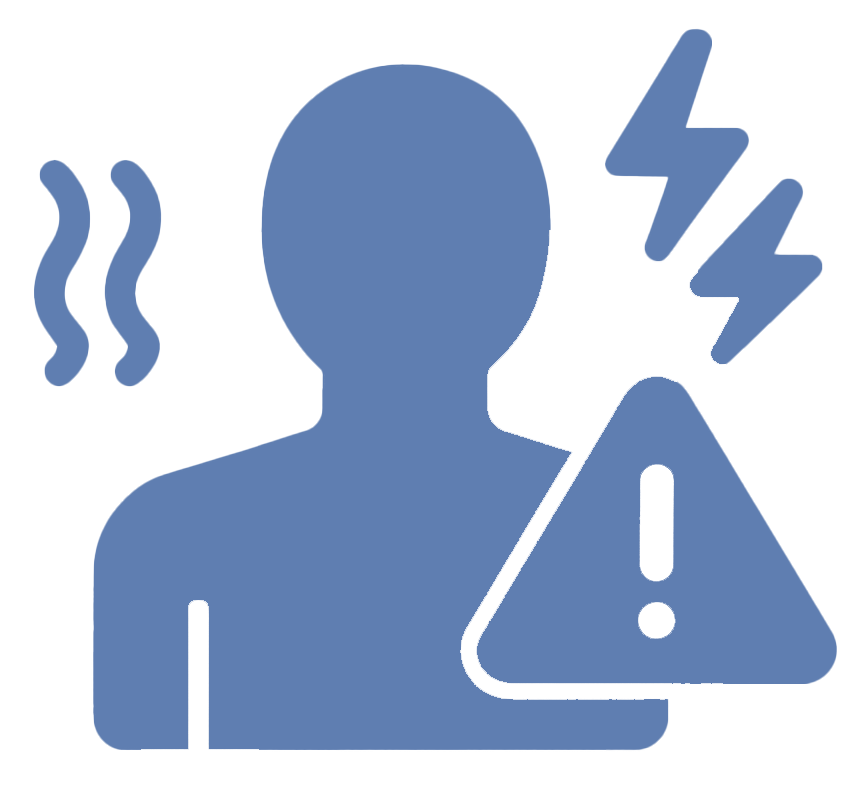Introduction
Making the decision to transition to hospice care is rarely easy. However, recognizing the signs that indicate hospice might be appropriate can help families make informed choices during a challenging time.
Signs That Suggest It May Be Time for Hospice
When a healthcare provider has already given a terminal or end-stage diagnosis, certain changes in condition often signal that hospice care could be beneficial:

Increasing Need for Assistance
A significant indicator is when a patient requires substantially more help with activities of daily living. This includes:
- Needing more assistance with bathing
- Requiring help with dressing
- Having difficulty with transferring (moving from bed to chair or other positions)

Uncontrolled Symptoms
When a patient experiences persistent symptoms that aren’t responding well to current treatments, this may indicate that a specialized hospice approach could provide better comfort. These symptoms might include pain, anxiety/agitation, breathing difficulties, nausea, or confusion that remains poorly controlled despite medical intervention.

Frequent Medical Interventions
A pattern of increasing medical crises often suggests that a different approach to care might be beneficial:
- Multiple emergency room visits
- Repeated hospitalizations
- Cycling in and out of acute care settings
What These Signs Mean
These indicators suggest that the patient’s condition is progressing and that their needs might be better served by hospice’s comprehensive approach to comfort care. Rather than focusing on curative treatments, hospice addresses pain management, symptom control, and emotional support.
Next Steps
If you notice these signs in a loved one with a terminal diagnosis, consider speaking with their physician about whether a hospice evaluation would be appropriate. Hospice professionals can assess the situation and provide guidance specific to your family member’s needs and condition.
Remember that choosing hospice isn’t about giving up hope—it’s about shifting the focus to quality of life and comfort when curative treatments are no longer effective or desired.
Frequently Asked Questions
A physician or nurse practitioner believes the illness will likely lead to death within ≈ 6 months if it follows its normal course.
No. The doctor can recertify the terminal condition, allowing hospice care to continue for as long as needed.
Repeated hospital or ER visits, rapid health decline, or rising need for pain/symptom control are common indicators.
It means shifting from cure-focused interventions to comfort-focused care (pain relief, symptom management, emotional and spiritual support).
Ask the physician for the certification, then contact a local hospice provider to arrange an intake visit and care plan.
Yes. Hospice can be revoked at any time to pursue curative treatment, and reinstated later if the patient re-qualifies.
Medicare Part A, most private insurers, and Medicaid typically cover hospice at little or no out-of-pocket cost.
Looking for peace, comfort, and dignity at home?
Ozark Hospice surrounds families with 24/7 nursing, expert pain & symptom management, and our dementia-specialized Rose Memory program—so you can focus on meaningful moments together.



